|
It looks like winter isn't quite done with us yet, so here's a peek at how they dealt with snow in the past! This 1908 photograph shows a horse-drawn snow roller on Church Street. Snow rollers were used to pack down snow to make it easier for sleighs to navigate the streets. This photograph came from an album kept by Dr. Edward R. Baldwin and shows the Saranac Laboratory prior to its expansion in the 1920s.
Historic Saranac Lake Collection, TCR 448. Courtesy of Barbara Baldwin Knapp.
191 Comments
As we mark the last Tuberculosis Thursday of Women's History Month, we want to share a bit about Stony Wold Sanatorium. Stony Wold was started by Elizabeth Newcomb to serve as a sanatorium for underprivileged young women suffering from TB. It opened on Lake Kushaqua in 1901, and at its peak in the 1930s it consisted of 20 buildings and a farm, and generated its own electricity.
Thousands came to cure at Stony Wold, including Lillian Synoracki Wilczak, who is pictured, waving, at bottom left in this group photo in the late 1920s. The Sanatorium also treated children, and eventually allowed some men. Elizabeth Newcomb died of tuberculosis in 1938 and was buried on the property. Stony Wold closed in 1955. Learn more about Stony Wold and some of the women in its history on our wiki. [Historic Saranac Lake Collection, TCR 638. Courtesy of Karen Jacobs.]
This postcard shows Saranac Lake from Blood Hill sometime around 1918. Blood Hill was named for Orlando Blood, who owned the Riverside Inn from 1860-1883. The Riverside Inn and the old Harrietstown Town Hall are visible in the foreground, and the top of the first Saranac Lake High School can be seen where the Hotel Saranac is today! What else has changed about this view? What is still the same?
[Historic Saranac Lake Collection] This week's Tuberculosis Thursday feature is Elizabeth Widmer. Widmer was from Berne, Switzerland, and came to Saranac Lake as a patient after graduating from Johns Hopkins Nursing School. She also worked as a nurse in Saranac Lake. She cured in a few locations around Saranac Lake, including Trudeau Sanatorium. She married Beanie Barnet, publisher of the Trotty Veck Messengers, in 1940 at William Morris' Camp Intermission. Their family always included a cocker spaniel. Pictured here is Breezy, who apparently preferred hamburger!
[Photograph of Beanie and Elizabeth Widmer Barnet, and their dog, Breezy. Historic Saranac Lake Collection.] Happy St. Patrick's Day! Did you know that the community of Alder Brook had a huge influx of Irish immigrants in 1848 and 1849 following the Great Potato Famine? Those settlers often worked in logging camps in the area. Our friend and former board member Jim Clark told a wonderful story of his great-grandfather, Lawrence Keys, walking to work in the Loon Lake lumber camps. This interview was given as part of the North Country at Work project in 2017. Listen here.
Learn more about Alder Brook on our wiki. [Log jam in the Stone Valley area, circa 1900. Photo courtesy of the Colton Historical Society.] Sing on, sing on you gray-brown bird, Sing from the swamps, the recesses, pour your chant from the bushes, Limitless out of the dusk, out of the cedars and pines. Walt Whitman, “When Lilacs Last in the Dooryard Bloom’d” A whole year has gone by since we first heard the word “Covid.” We are coming full circle, and soon the hermit thrush will sing again.
Last March, on the brink of the pandemic, I spent a weekend in Potsdam at my son’s basketball tournament. I remembering wondering when I would next spend time in a crowd of people. Between games, I worked on the first of what would become a year of essays, drawing parallels between the pandemic and Saranac Lake’s tuberculosis era. One year later, I returned with a family member to the Potsdam gym, not for a basketball tournament but for a vaccine. The gym, once teeming with players and fans, was now full of busy nurses, national guard soldiers, and grateful community members. That day at Potsdam a year ago things felt so uncertain. With no vaccine and no effective treatment for the new coronavirus, we were facing a situation similar to the time of tuberculosis in Saranac Lake. Dr. Trudeau’s treatment model was our best hope — prevention, diagnosis, rest, fresh air, and healthy food. During the pandemic, the world quieted down. Those of us who could, stayed in one place. We found the time to think more about the world and our place in it. We worried about our health and the well-being of our neighbors. Interviews and written accounts of former TB patients show a range of experiences. Some people were lonely, in pain, sad, and anxious. Others fell in love, made friends, and discovered new talents and passions. People with better health, wealth, strong support systems, or upbeat personalities were more likely to enjoy their time curing. Surviving the fresh air cure, let alone learning from the experience, was a luxury not everyone had. Although each experience was different, many people who regained their health in Saranac Lake report learning lessons that they carried throughout their lives. Many patients learned to value and care for their physical and mental health. They found new appreciation for friends and family. They discovered an appreciation of nature, a love of learning, and creative talents. One former patient described in a letter how his time curing shaped his life. Whitney North Seymour, Jr., was one of the last patients to cure at Trudeau, when the antibiotic therapy was coming into use. He completed his cure at 89 Park Ave, staying there with his wife Catryna. Following his cure, he became a New York State Senator and served as United States Attorney for the Southern District of New York. Mr. Seymour wrote, “We walked for an hour every morning and afternoon, including in the deep snow, and learned important lessons about the role of nature in speeding return to good health.... When I was in Saranac Lake, I listened to a lot of classical recordings and developed a strong interest in Brahms and Mendelssohn.... I still listen for the hermit thrush and look for the witch-hobble in the early spring.” Last March, I thought often of Whitney and Catryna as I watched people following their footsteps down Park Ave. They walked slowly, in ones and twos, to the sanatorium gates and back again. They were worried about their health and scared about the future, but they were learning some lessons worth keeping. With best wishes for healthy days ahead, Amy Catania Executive Director Don't forget! Our Public Programs Coordinator application window closes on Wednesday. Please share this position with anyone you know who might be interested, and be sure to get your application in! All details about the position and information on how to apply can be seen on our website.
For Tuberculosis Thursday, we want to tell a bit of the story of Jean Monaghan, and share an exciting new donation to the collection in her honor. Jean was a patient at Stony Wold Sanatorium in the 1940s. She was a talented artist, and her time as a patient instilled in her a love of nature and an appreciation for its healing benefits. After her successful cure, she pursued a career in apparel design, and continued to create art for pleasure. When she died, she left behind more than 100 paintings, drawings, and photographs from her lifelong love of the arts.
While Jean did not discuss the details of her illness while she was alive, her nephew Philip recognized her in a photograph at Stony Wold in the American Experience documentary, the Forgotten Plague. This chance moment led to a visit in 2018 to the Saranac Laboratory Museum to find out more about her time as a patient, and a connection with Historic Saranac Lake. This winter, Philip generously donated a portfolio of 10 pieces that Jean painted while curing, including this self-portrait at right. We are hard at work rehousing and cataloging these fascinating paintings, but we couldn't wait to share a peek at them. Stay tuned for more on Jean's life and the works she produced at Stony Wold! [Photograph of two of Jean Monaghan's paintings; one landscape showing the water tower at Stony Wold, and one self-portrait. Photograph of Jean Monaghan and her parents and siblings during a visit at Stony Wold, 1940s. Historic Saranac Lake Collection, TCR 671. Courtesy of Philip Monaghan, in memory of Jean Monaghan, 1923-2011.]
Adelaide Crapsey was a fascinating poet who came to Saranac Lake for the cure in 1913. To hear a reading of one of the poems she wrote while taking the cure, check out this video from Curiously Adirondack!
To learn more about Adelaide, visit our wiki! |
About us
Stay up to date on all the news and happenings from Historic Saranac Lake at the Saranac Laboratory Museum! Archives
August 2022
Categories
All
|
Historic Saranac Lake at the Saranac Laboratory Museum
89 Church Street, Suite 2, Saranac Lake, New York 12983
(518) 891-4606 - [email protected]
89 Church Street, Suite 2, Saranac Lake, New York 12983
(518) 891-4606 - [email protected]

Historic Saranac Lake is funded in part by the New York State Council on the Arts with the support of the Office of the Governor and the New York State Legislature,
and an Essex County Arts Council Cultural Assistance Program Grant supported by the Essex County Board of Supervisors.
and an Essex County Arts Council Cultural Assistance Program Grant supported by the Essex County Board of Supervisors.
© 2023 Historic Saranac Lake. All Rights Reserved. Historic photographs from Historic Saranac Lake Collection, unless otherwise noted. Copy and reuse restrictions apply.
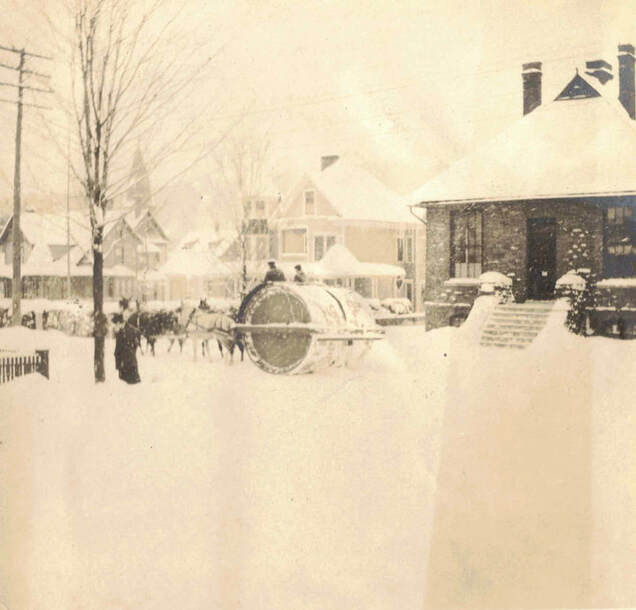
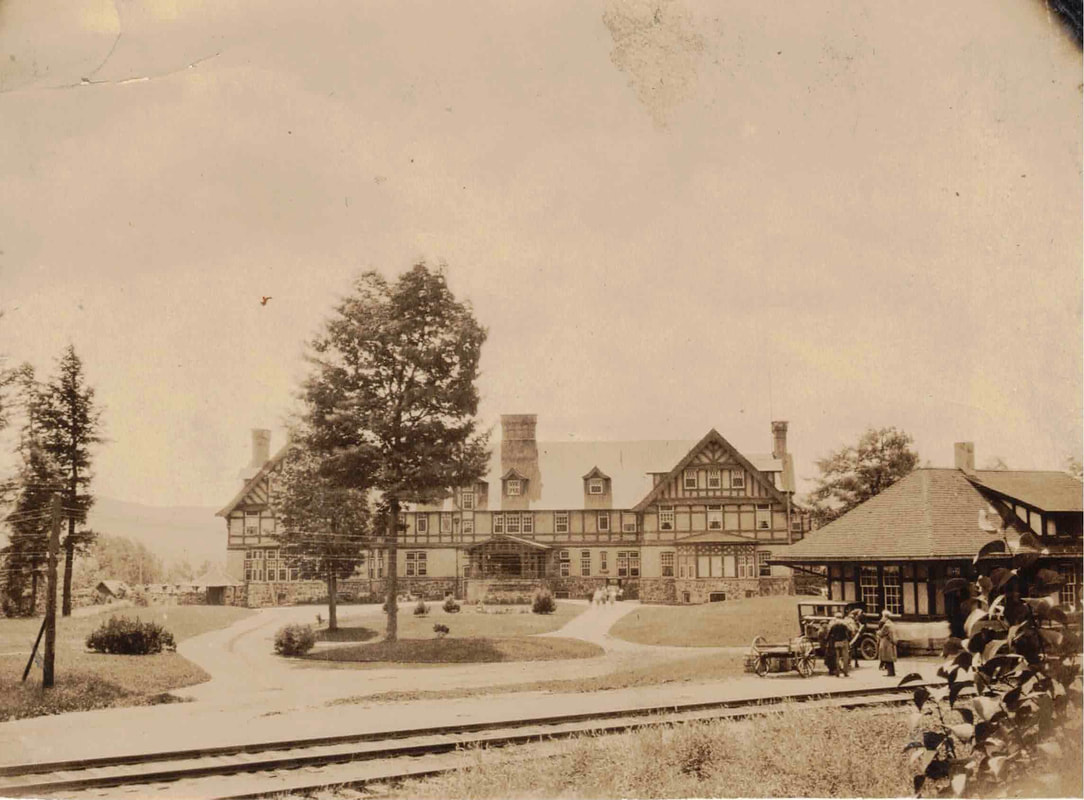


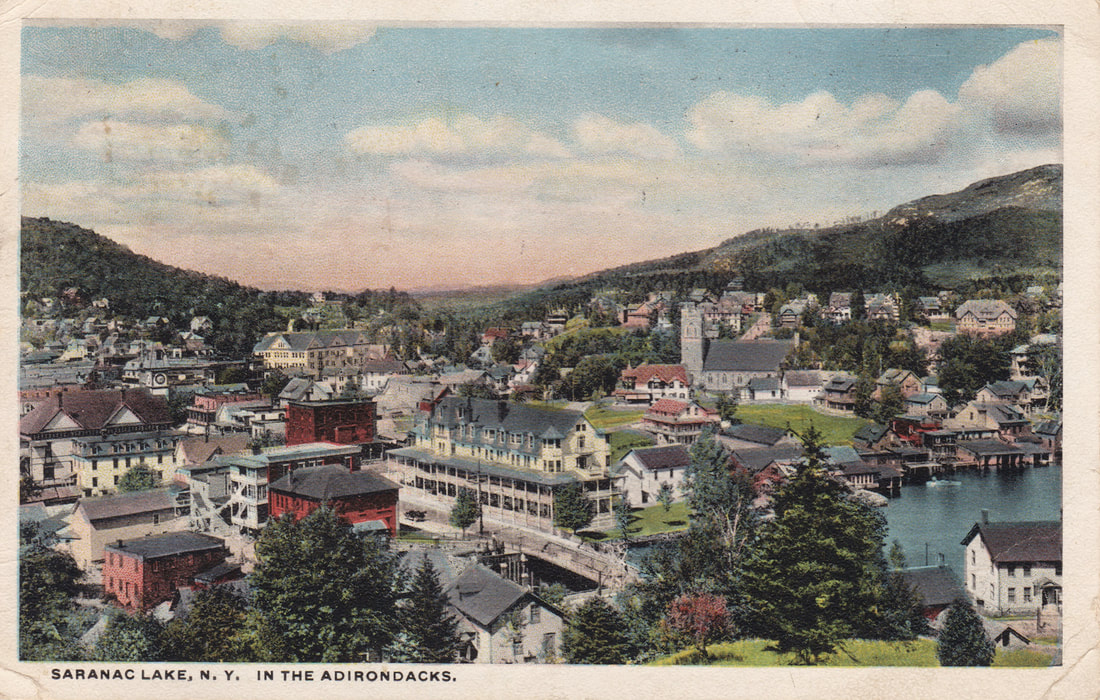
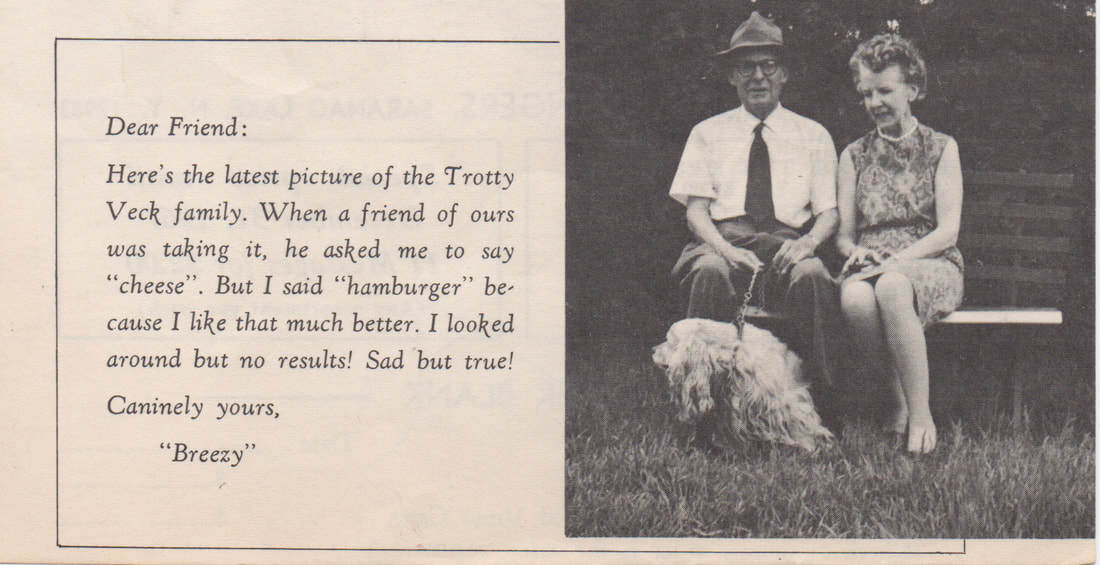
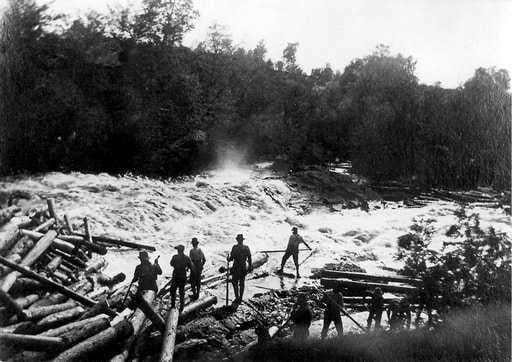
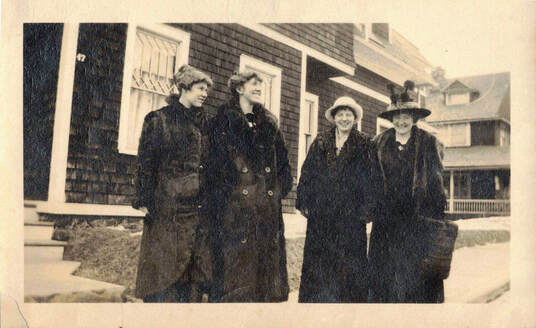
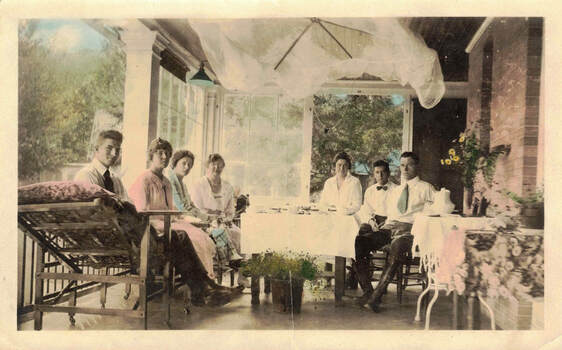
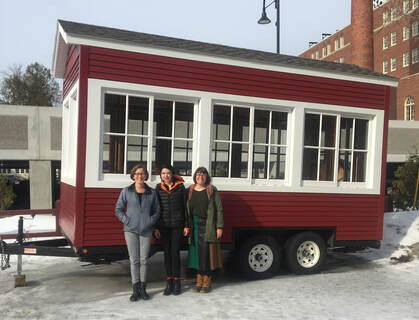
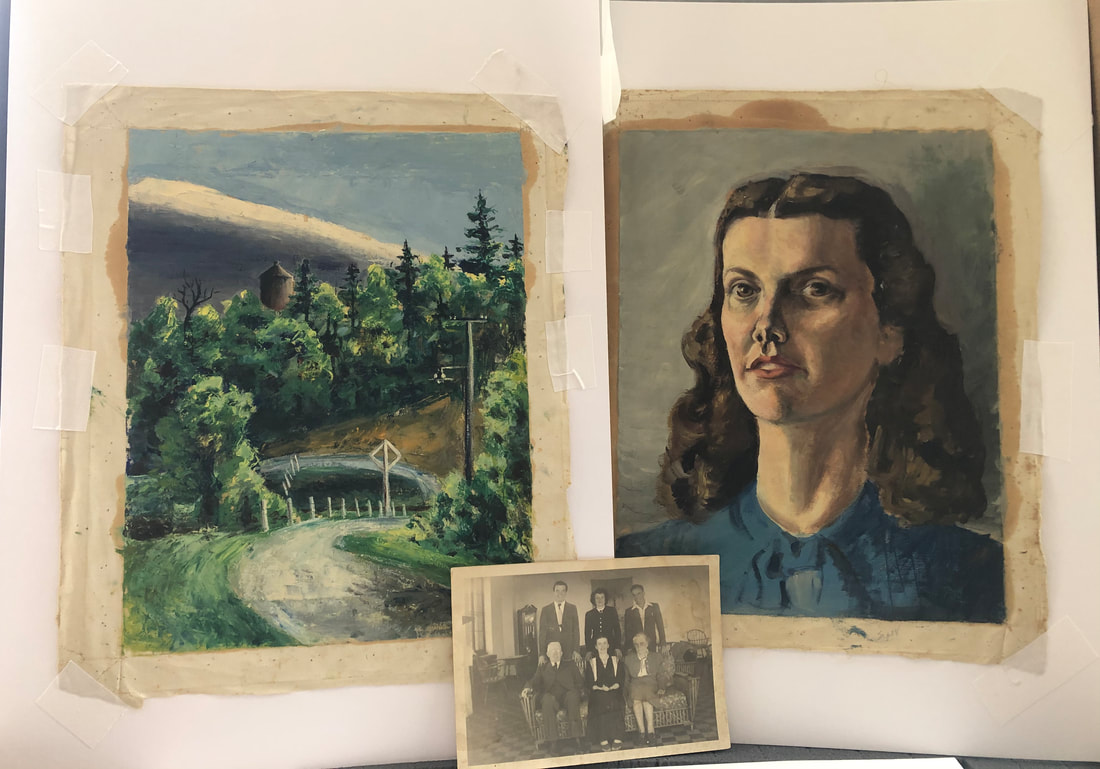
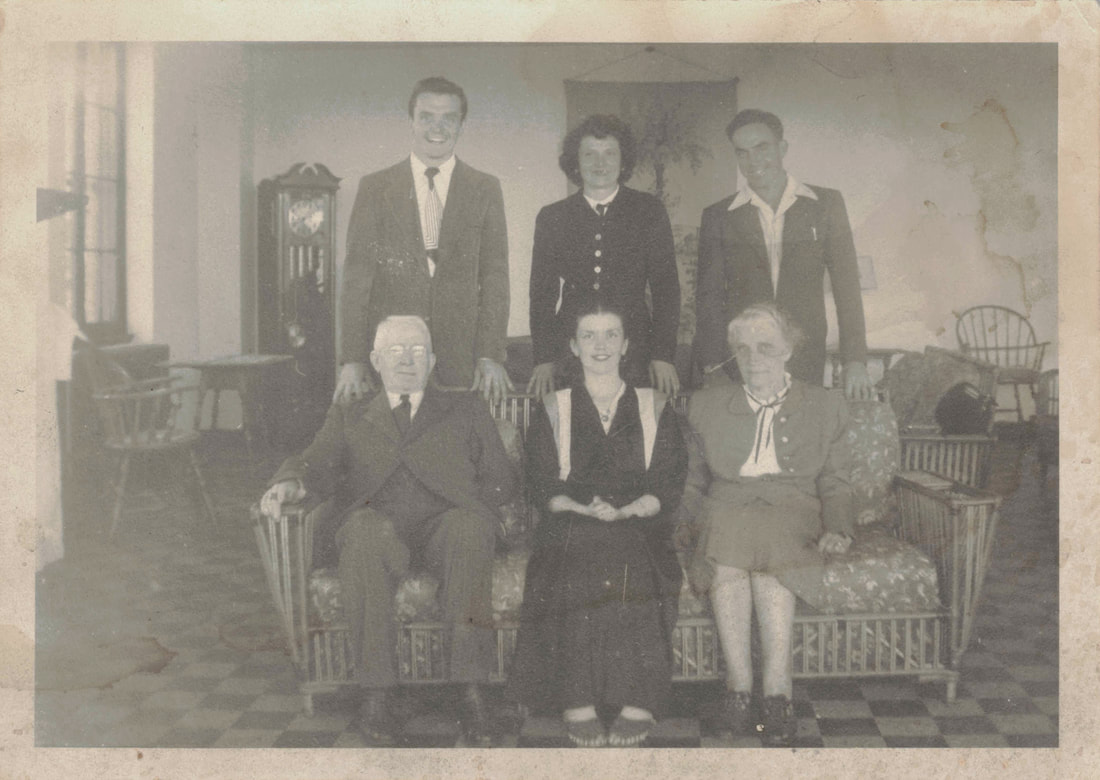
 RSS Feed
RSS Feed